Allegiance United States Years of service 1917-1918 | Name Frank Luke | |
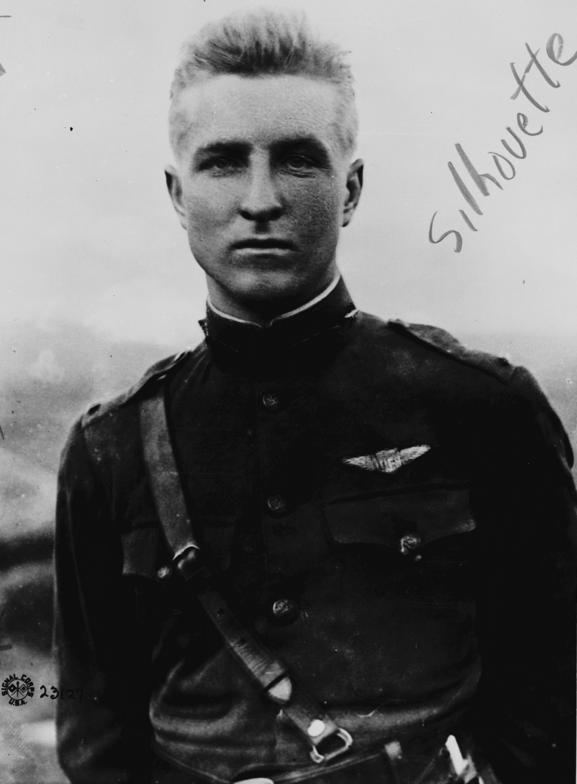 | ||
Nickname(s) "Arizona Balloon Buster" Born May 19, 1897Phoenix, Arizona ( 1897-05-19 ) Rank Second Lieutenant (posthumously promoted to First Lieutenant) Awards Medal of HonorDistinguished Service Cross (2)Croce al Merito di Guerra(Italian) Service/branch | ||
Education Phoenix Union High School | ||
Final flight of frank luke tribute song
Frank Luke Jr. (May 19, 1897 – September 29, 1918) was an American fighter ace, ranking second among U.S. Army Air Service pilots after Captain Eddie Rickenbacker in number of aerial victories during World War I (Rickenbacker was credited with 26 victories, while Luke's official score was 18). Frank Luke was the first airman to receive the Medal of Honor. Luke Air Force Base, Arizona, a U.S. Air Force pilot training installation since World War II, is named in his honor.
Contents
- Final flight of frank luke tribute song
- Frank luke jr 1897 1918 arizona capitol museum phoenix
- Biography
- DeathSeptember 29 1918
- Other aces
- Medal of Honor citation
- First Distinguished Service Cross
- Second Distinguished Service Cross
- Other honors
- References
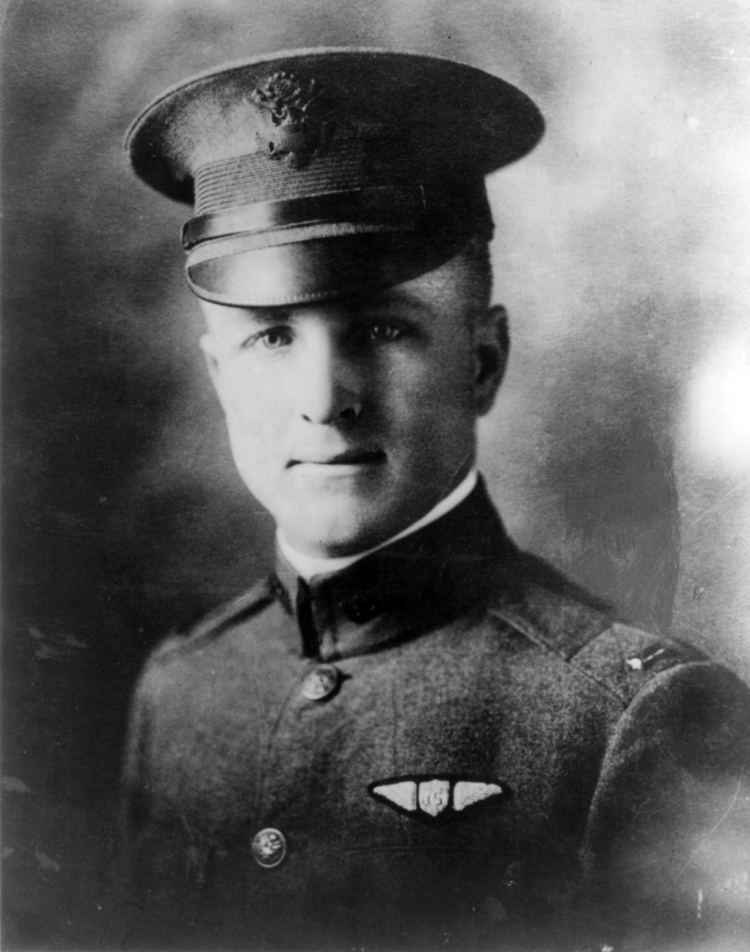
Frank luke jr 1897 1918 arizona capitol museum phoenix
Biography
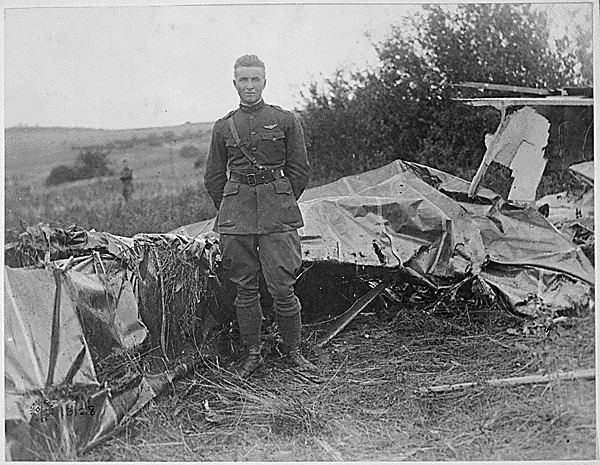
Luke was born May 19, 1897, in Phoenix, Arizona, after his family emigrated from Germany to America in 1874 and settled there. Frank was his family's fifth child, and had eight other brothers and sisters. He grew up excelling in sports, working in copper mines, and participating in bare-knuckle boxing matches. Following America's entry into World War I in April 1917, Frank enlisted in the Aviation Section, U.S. Signal Corps on September 25, 1917, and received pilot training in Texas and California. After being commissioned a Second Lieutenant in March 1918, he deployed to France for further training, and in July was assigned to the 27th Aero Squadron. Although Luke was still a second lieutenant at the time of his death, Stephen Skinner's book The Stand notes that he later received a posthumous promotion to first lieutenant.
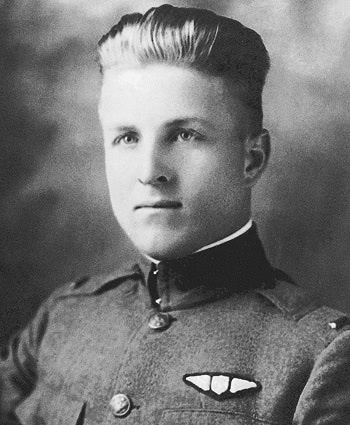
Because of his arrogance and occasional tendencies to fly alone and disobey orders, Luke was disliked by some of his peers and superiors. But the 27th was under standing orders to destroy German observation balloons. Because of this, Luke, along with his close friend Lt. Joseph Frank Wehner, continually volunteered to attack these important targets although they were heavily defended by anti-aircraft guns on the ground. The two pilots began a remarkable string of victories together, with Luke attacking the balloons and Wehner flying protective cover. Wehner was killed in action on September 18, 1918, in a dogfight with Fokker D.VIIs which were attacking Luke. Luke then shot down two of these D.VIIs and two balloons and a Halberstadt; the last "credit" enabled Luke to thereby achieve his 13th official kill—a Halberstadt Ctype observation plane of Flieger Abteilung 36.
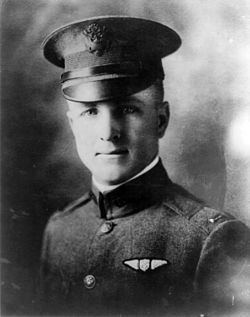
Between September 12 and September 29, Luke was credited with shooting down 14 German balloons and four airplanes: Luke achieved these 18 victories during just 10 sorties in eight days, a feat unsurpassed by any pilot in World War I.
Death—September 29, 1918

Luke's final flight took place during the first phase of the Meuse-Argonne Offensive. On September 28, after achieving his 14th and 15th victories, he landed his SPAD XIII at the French aerodrome at Cicognes where he spent the night, claiming engine trouble. When he returned to the 1st Pursuit Group's base at Rembercourt the next day, he was confronted by Lt. Grant, his squadron's commanding officer (C.O.). Despite being under threat of arrest by Grant for being AWOL, Luke took off without authorization and flew to a forward airbase at Verdun, where his sympathetic group commander, Major Hartney, canceled the arrest order and gave Luke tacit approval to continue his balloon hunting. That evening Luke flew to the front to attack three balloons in the vicinity of Dun-sur-Meuse, six miles behind the German lines. He first dropped a message to a nearby U.S. balloon company, alerting them to observe his imminent attacks. Luke shot down the enemy balloons, but was then severely wounded by a single machine gun bullet fired from a hilltop above him, a mile east of the last balloon site he had attacked. Luke landed in a field just west of the small village of Murvaux—after strafing a group of German soldiers on the ground—near the Ruisseau de Bradon, a stream leading to the Meuse River. Although weakened by his wound, he made his way toward the stream, intending to reach the cover of its adjacent underbrush, but finally collapsed some 200 meters from his airplane. Approached by German infantry, Luke drew his Colt Model 1911 pistol and fired a few rounds at his attackers before dying. Reports that a day later his body was found with an empty gun and a bullet hole in his chest, with seven dead Germans in front of him were proven erroneous. According to author Skinner, the fatal bullet, fired from the hilltop machine gun position, had entered near Luke's right shoulder, passed through his body, and exited from his left side.
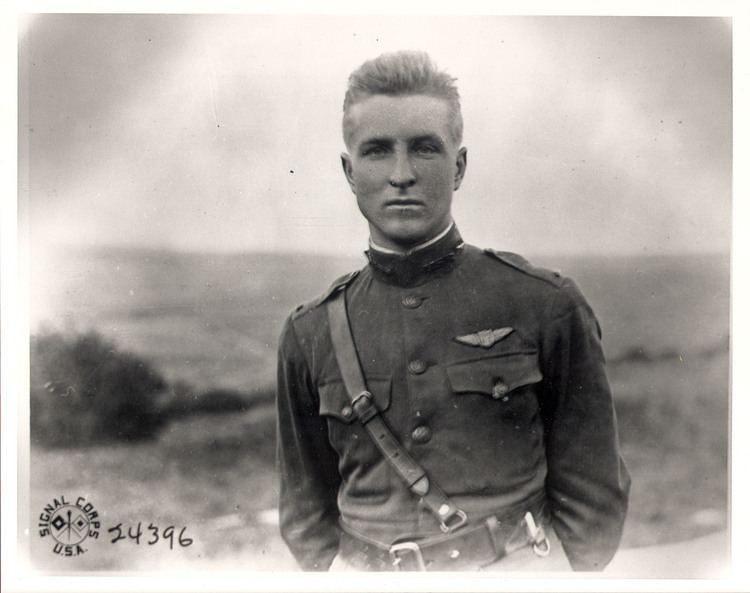
On September 30 the Germans buried Luke in the Murvaux cemetery, from where his body was retrieved two months later by American forces. His final resting place is the Meuse-Argonne American Cemetery and Memorial, located east of the village of Romagne-sous-Montfaucon.
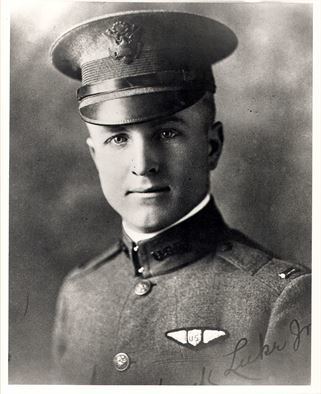
After the US Army obtained sworn testimony from French and American sources, Luke was awarded a posthumous Medal of Honor. The presentation was made to Frank Luke, Sr., in Phoenix in May 1919. The family later donated the medal to the National Museum of the United States Air Force near Dayton, Ohio. The museum's small exhibit honoring Lt. Frank Luke also contains his flying goggles, the gunsight from his last SPAD, documents written by Luke, and other personal items. The museum's Early Years Gallery displays a fully restored SPAD XIII of the type flown by Luke.
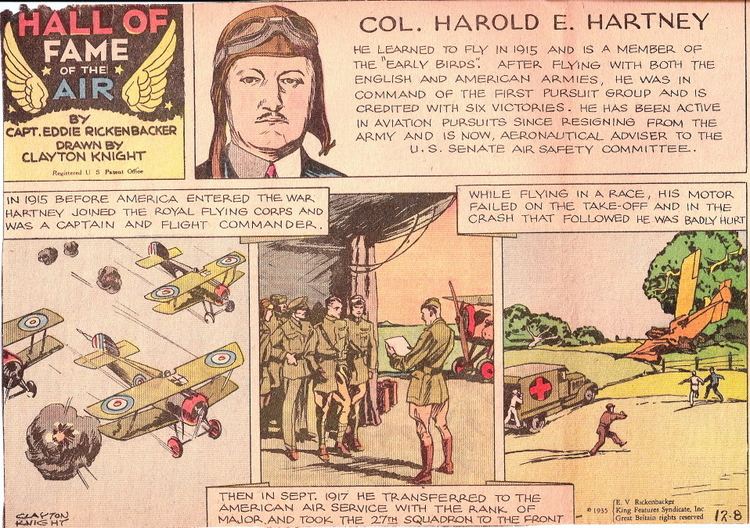
Eddie Rickenbacker said of Luke: "He was the most daring aviator and greatest fighter pilot of the entire war. His life is one of the brightest glories of our Air Service. He went on a rampage and shot down fourteen enemy aircraft, including ten balloons, in eight days. No other ace, even the dreaded Richthofen, had ever come close to that."
Other aces
Luke is often cited as the second-ranking American ace of World War I, but that statement ignores certain American pilots who flew with other Allied air services. Luke was, however, second only to Rickenbacker among pilots serving only with the AEF. (It is noteworthy that Luke's time on the front was comparatively quite short, and 17 of Luke's 18 victories were officially recorded as destroyed, versus only 11 of Rickenbacker's 26.) Americans flying with Britain's Royal Flying Corps (Royal Air Force from April 1918) who exceeded Luke's score were Frederick W. Gillet (20 claims, all destroyed); Harold A. Kullberg, DFC, Lt. 1 Sqn RFC (19 confirmed) and Wilfred Beaver (19 claims, 12 destroyed). Tied with Luke at 18 was William C. Lambert (18 claims).
Medal of Honor citation
Rank and Organization: Second Lieutenant, 27th Aero Squadron, 1st Pursuit Group. Place and Date: Near Murvaux, France, September 29, 1918. Entered Service At: Phoenix, Ariz. Born: May 19, 1897, Phoenix, Ariz. G. O. No.: 59, W.D., 1919.
Citation:
After having previously destroyed a number of enemy aircraft within 17 days he voluntarily started on a patrol after German observation balloons. Though pursued by 8 German planes which were protecting the enemy balloon line, he unhesitatingly attacked and shot down in flames 3 German balloons, being himself under heavy fire from ground batteries and the hostile planes. Severely wounded, he descended to within 50 meters of the ground, and flying at this low altitude near the town of Murvaux opened fire upon enemy troops, killing 6 and wounding as many more. Forced to make a landing and surrounded on all sides by the enemy, who called upon him to surrender, he drew his automatic pistol and defended himself gallantly until he fell dead from a wound in the chest.
The citation contained errors attributable to confused accounts from French witnesses to Luke's final flight, and to a staff officer's re-write of the original write-up, which emphasized the numerous high-risk missions he flew between September 12 and 29. Reports that he was intercepted by German fighters, strafed enemy troops before his forced landing; and was "surrounded on all sides" were literal mis-interpretations of French testimony and became part of the mythology that grew up around the event.
First Distinguished Service Cross
Citation:
The President of the United States of America, authorized by Act of Congress, July 9, 1918, takes pride in presenting the Distinguished Service Cross (Posthumously) to Second Lieutenant (Air Service) Frank Luke, Jr., United States Army Air Service, for extraordinary heroism in action while serving with 27th Aero Squadron, 1st Pursuit Group, U.S. Army Air Service, A.E.F., near St. Mihiel, France, September 12 to 15, 1918. Lieutenant Luke, by skill, determination, and bravery, and in the face of heavy enemy fire, successfully destroyed eight enemy observation balloons in four days.
Second Distinguished Service Cross
Citation:
The President of the United States of America, authorized by Act of Congress, July 9, 1918, takes pride in presenting a Bronze Oak Leaf Cluster in lieu of a Second Award of the Distinguished Service Cross (Posthumously) to Second Lieutenant (Air Service) Frank Luke, Jr., United States Army Air Service, for extraordinary heroism in action while serving with 27th Aero Squadron, 1st Pursuit Group, U.S. Army Air Service, A.E.F., near Etain, France, 18 September 1918. Immediately after destroying two enemy observation balloons, Lieutenant Luke was attacked by a large formation of German planes, Fokker type. He turned to attack two, which were directly behind him, and shot them down. Sighting an enemy biplane, although his gasoline was nearly gone, he attacked and destroyed this machine also.
